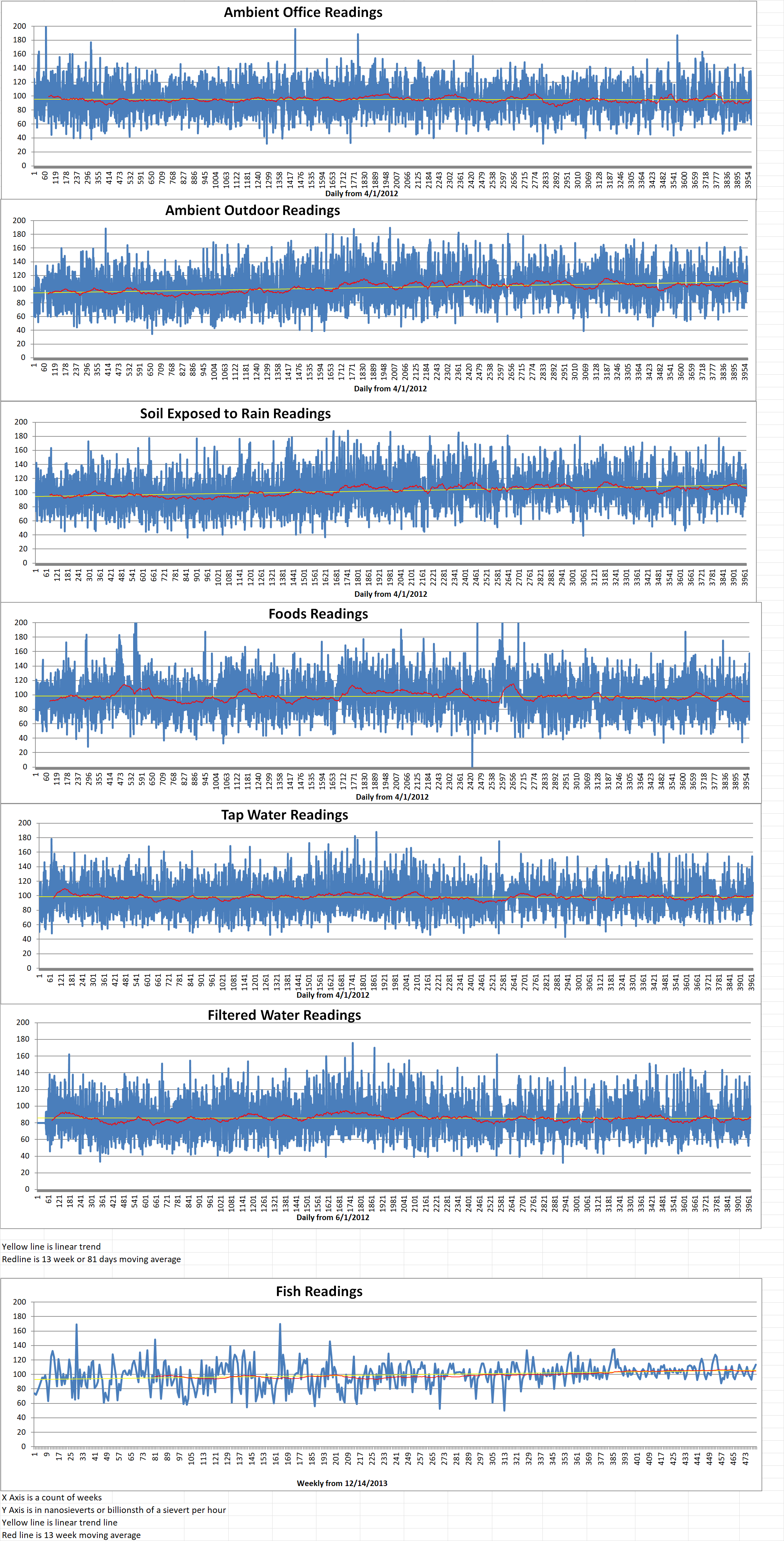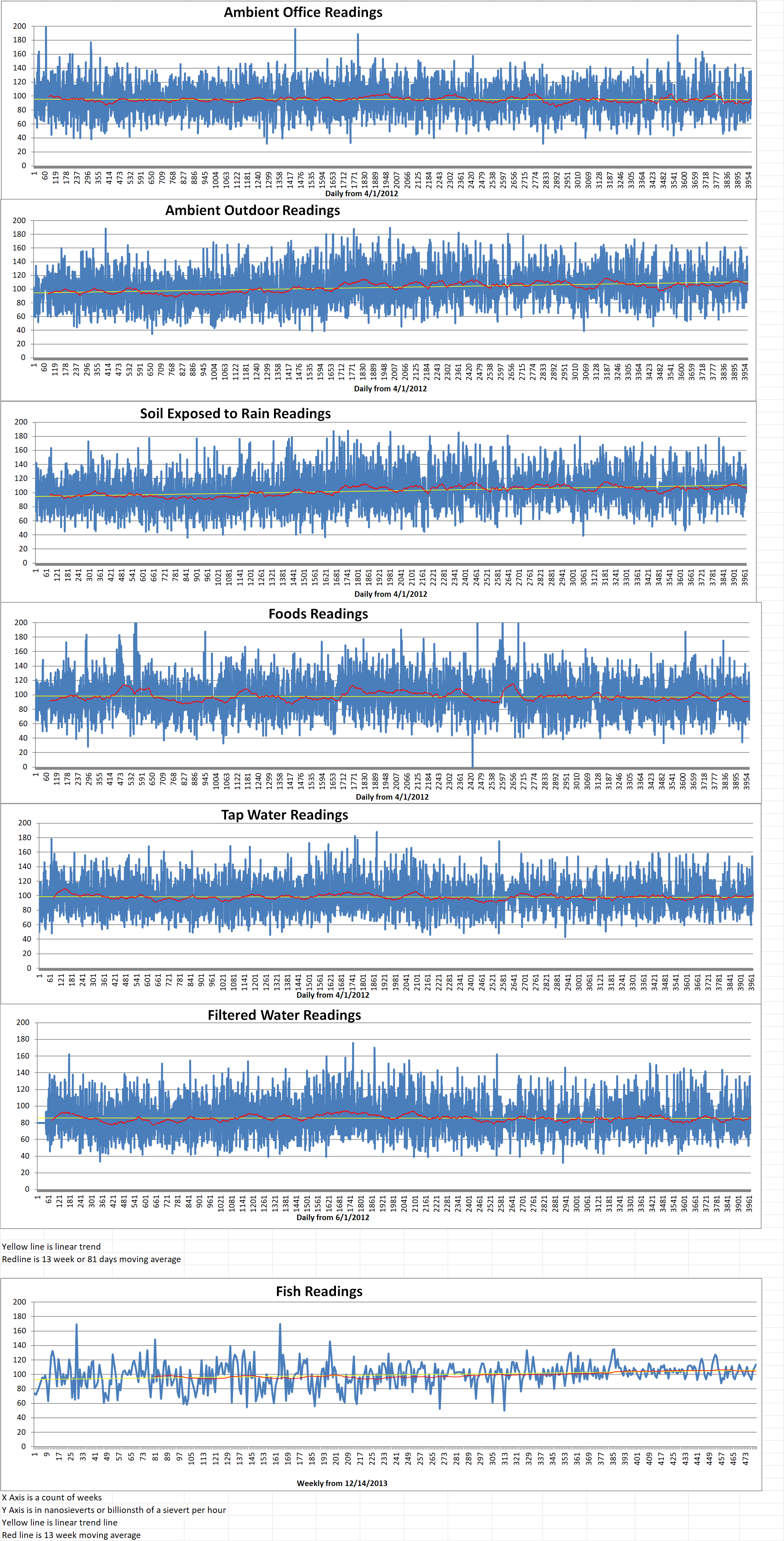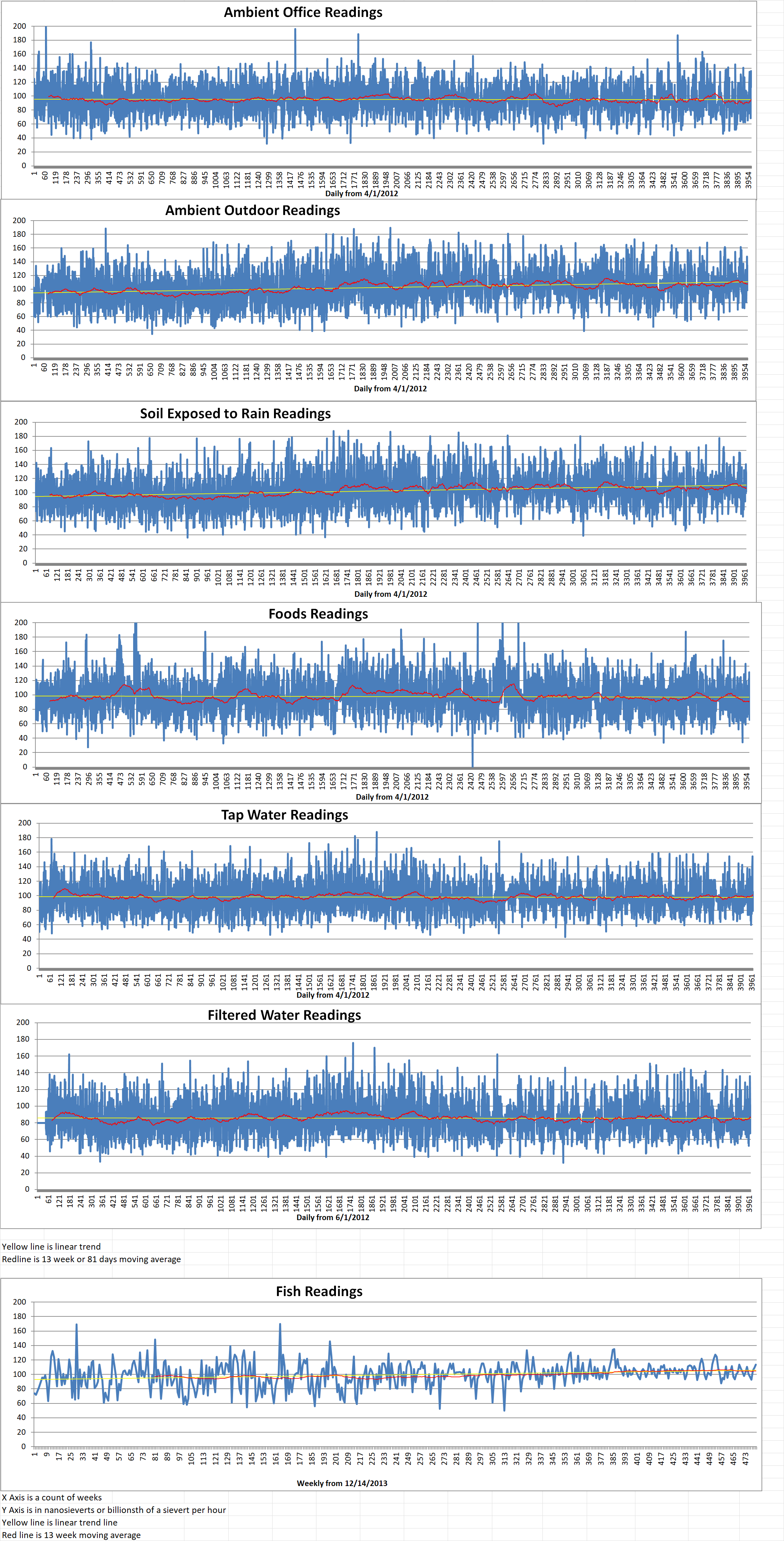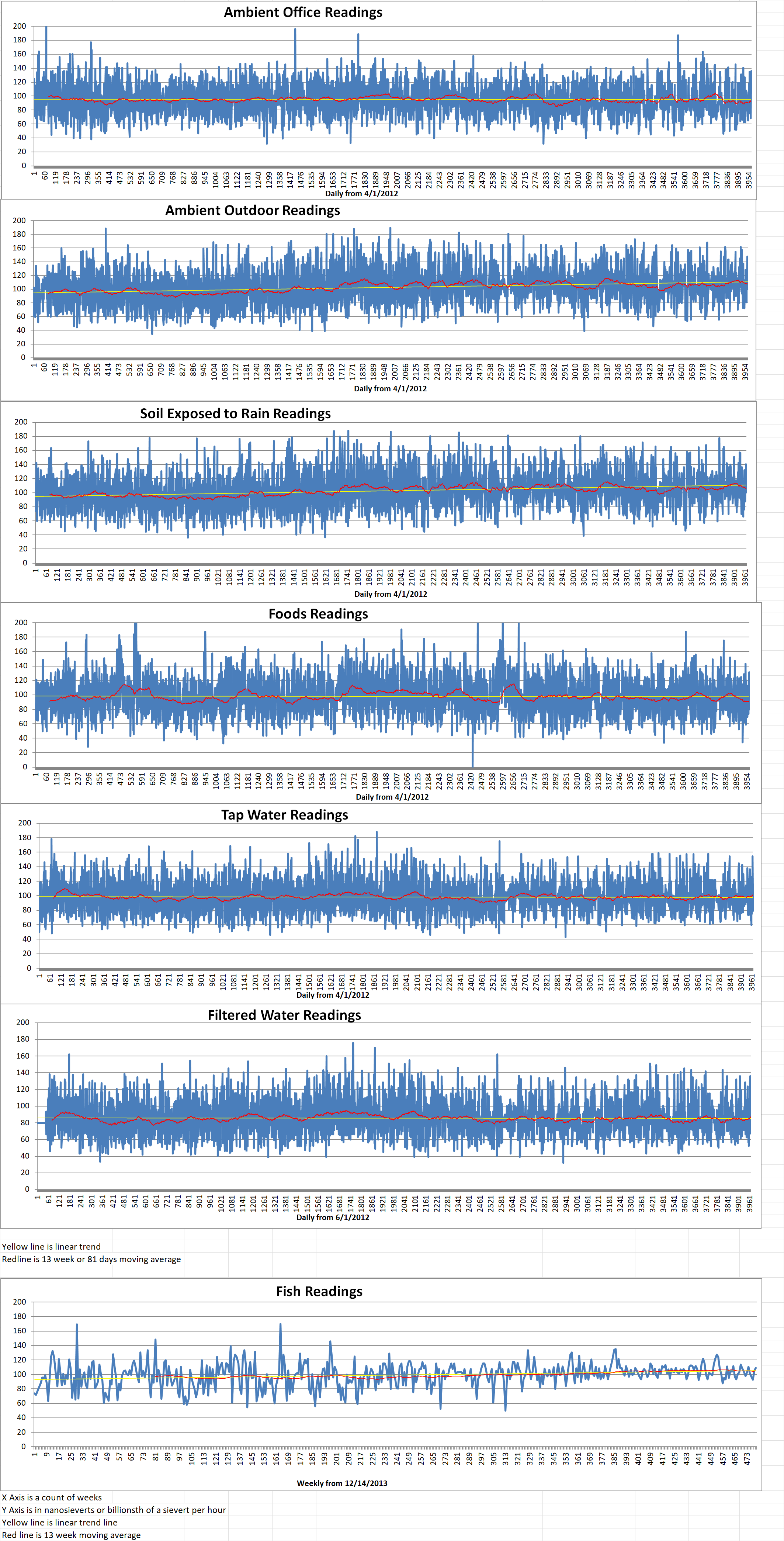Part 1 of 2 Parts
Alikaan Çiftçi is the President of the Nuclear Industry Association of Turkey (NIATR). He recently explained that Turkey aspires to be a major regional manufacturing, trade and logistics hub to take advantage of the opportunities for nuclear energy in the Middle East, Africa and Turkey.
It is expected that nuclear electricity generation capacity in Turkey, the Middle East and Africa will increase rapidly in the next two decades thanks to the completion of existing projects and projected construction agreements between countries in the region and nuclear vendors.
Currently, fossil fuels account for more than ninety five percent of electricity production for all these countries’ energy needs. The growth in nuclear power capacity in the region will reduce dependence on these energy sources. It will also ensure energy security and meet increasing energy demand from population and economic growth.
Nuclear energy provides cleaner, stable, reliable and cost-effective electricity. As a low-carbon baseload energy source, nuclear energy plays an important role in the decarbonization of the economy. Achieving supply stability in Turkey is critical where energy security is a vital issue for its strategic position in the region.
Turkey has a National Energy Plan. The Plan calls for electricity to be produced by nuclear power plants in Turkey to reach eleven percent of the total energy production by 2030. The Turkish government claims that their energy portfolio will include conventional nuclear power plants under construction and planned. Small modular reactors will also be included.
The Akkuyu nuclear power plant (NPP) on the Mediterranean coast of Turkey will be their first nuclear power plant. It is expected to have an installed capacity of four thousand eight hundred gigawatts. The first of the four planned units now has nuclear fuel on site. This coincides with the one hundredth anniversary of the Republic. Akkuyu NPP will employ about four thousand people during its operational phase. The estimated contribution of the NPP to Turkey’s gross domestic product over its entire life-cycle will be about fifty billion dollars. The NPP is being constructed by Rosatom, the Russian state atomic energy corporation.
There were two devastating earthquakes last February in Turkey’s southern province, where the Akkuyu NPP is located. However, no damage was reported to the Akkuyu NPP being constructed in Mersin, Gulnar district. According to statements from Akkuyu spokespersons, the experts did not detect any damage to the buildings, equipment and cranes. Construction and assembly work at the NPP continue.
The economic vitality created by the Akkuyu NPP is attraction attention. The project has become one of the biggest employment centers in the region during the construction process. It has set an example of successful localization with its supply changing of more than four hundred Turkish companies.
Turkish manufacturers are providing a wide range of equipment from valves to pipes, storage tanks, reinforcing steel and various construction materials. Cables, heat and water insulation materials, cable trays, building materials, fire-resistant products, paints and coatings, brick products, and stainless steel materials are also being supplied by Turkish manufacturers. Turkish companies are gaining great experience in how and which materials should be manufactured in the nuclear field. The Akkuyu NPP not only contributes to employment but also creates “know-how” in the Turkish nuclear sector.
Please read Part 2 next
Blog
-

Nuclear Reactors 1221 – Turkey Moves Ahead With Its Nuclear Power Program – Part 1 of 2 Parts
-
Nuclear News Roundup May 15, 2023
Russia must cancel dangerous plan to station nuclear weapons in Belarus politico.eu
Moscow says G7 nuclear rhetoric intended to pressure Russia, China reuters.com
EU renewable energy deal delayed on role of nuclear in transition weforum.com
US bombs unlikely to reach underground Iran nuclear site Aljazeera.com
-

Geiger Readings for May 15, 2023
Ambient office = 59 nanosieverts per hour
Ambient outside = 97 nanosieverts per hour
Soil exposed to rain water = 96 nanosieverts per hour
Celery from Central Market = 157 nanosieverts per hour
Tap water = 118 nanosieverts per hour
Filter water = 96 nanosieverts per hour
-
Nuclear News Roundup May 14, 2023
Ukraine’s Energoatom says power outage at Zaporizhzhia Nuclear Plant reuters.com
Russian forces dig in at Ukrainian nuclear plant, witnesses say reuters.com
South Korean experts visit Fukushima nuclear plant before release of treated water into sea greenwichtime.com
EU leaders join Seoul in condemning North Korean nuclear and missile development nknews.com
-

Geiger Readings for May 14, 2023
Ambient office = 88 nanosieverts per hour
Ambient outside = 122 nanosieverts per hour
Soil exposed to rain water = 100 nanosieverts per hour
Blueberry from Central Market = 113 nanosieverts per hour
Tap water = 103 nanosieverts per hour
Filter water = 92 nanosieverts per hour
-
Nuclear News Roundup May 13, 2023
TVEL delivers new equipment for Chinese VVER-1000 fuel production world-nuclear-news.org
Quiet quarter for US uranium production as momentum builds world-nuclear-news.org
Feasibility study identifies seven potential nuclear plant sites in southwest Virginia timesnews.net
Russia denounces US manipulation data on nuclear weapons plenglish.com
-

Geiger Readings for May 13, 2023
Ambient office = 113 nanosieverts per hour
Ambient outside = 99 nanosieverts per hour
Soil exposed to rain water = 102 nanosieverts per hour
Tomato root from Central Market = 65 nanosieverts per hour
Tap water = 103 nanosieverts per hour
Filter water = 100 nanosieverts per hour
Dover Sole from Central = 114 nanosieverts per hour
-

Nuclear Fusion 117 – Microsoft Signs Deal To Purchase Fusion Generated Electricity From Helion Energy
Nuclear fusion has been researched for decades. Many failed predictions thru the years have suggested that commercial nuclear fusion was only twenty years away. Huge technical challenges have prevented the dream from coming true but in the last few years, billions of dollars have been invested in a dozen companies working furiously on practical nuclear fusion around the globe.
Microsoft and Helion Energy of Redmond, Washington announced last Wednesday that they had reached an historic agreement that could pave the way for the world’s first commercial nuclear fusion power plant. Helion is working on building the commercial facility in Washington state. The goal is to put the plant into operation by 2028 which is just five years away.
Nuclear fusion could provide a potentially limitless source of carbon-free power. There are demonstration fusion reactors running or being constructed around the globe. However, none of them, including Helion’s reactors, have been able to produce more energy than they require to operate, let alone produce enough energy to feed into the electrical grid. Some analysts in the energy industry are skeptical that commercial fusion will ever be possible.
If Helion’s fusion reactor design is successful, even though serious technical hurdles remain, it would have massive benefits in the long term as clean energy’s “Holy Grail” is finally achieved.
David Kirtley is the co-founder and CEO of Helion. He said, “This is bigger than just Helion. This shows more broadly that fusion is transitioning from science experiments and science projects demonstrating key physics to now building products and building commercial power plants.”
Helion and Microsoft have signed a power purchase agreement in which Microsoft agrees to purchase electricity from the fusion startup once the facility is generating significant amounts of electricity. Microsoft needs clean electricity to fuel the operations of its more than two hundred energy-hungry data centers around the world. Up to this point, Microsoft has relied primarily on wind and solar power. These sources have serious limitations because the wind does not always blow, and the sun does not always shine.
Brad Smith is vice chair and president of Microsoft. He issued a statement which read, “Helion’s announcement supports our own long term clean energy goals and will advance the market to establish a new, efficient method for bringing more clean energy to the grid, faster.”
The fusion energy market includes companies across the globe. Helion, Zap Energy, Avalanche and General Fusion are all headquartered in the Pacific Northwest. All of these companies have raised significant amounts of money from notable venture capitalists. Helion’s investors include OpenAI CEO Sam Altman and Facebook co-founder Dustin Moskovitz. Other startups have support from Bill Gates and Jeff Bezos.
Scott Hsu is the U.S. Department of Energy senior advisor and lead fusion coordinator. He cheered the technology’s potential for lowering costs and providing secure energy globally. International experts warn that humanity needs to slash carbon pollution in the next quarter-century to avoid the worst climate change scenarios.
Hsu said, “Fusion energy has incredible potential to empower people all over the world,” Hsu said by email. “If commercial fusion energy becomes available by the end of this decade, it could ease all the various possible pathways to [carbon] net-zero by 2050.” -
Nuclear News Roundup May 12, 2023
Hibakusha Group Calls Nuclear Weapons Great Enemy of Humanity nippon.com
Belarus claims nuclear weapons were not brought to them from Russia: it was just an announcement news.yahoo.com
Japan, South Korea agree on visit to Fukushima nuclear plant ahead of planned water release apnews.com
France Backs Japan’s Nuclear Renaissance akihabaranews.com
-

Geiger Readings for May 12, 2023
Ambient office = 136 nanosieverts per hour
Ambient outside = 122 nanosieverts per hour
Soil exposed to rain water = 126 nanosieverts per hour
Serano pepper from Central Market = 106 nanosieverts per hour
Tap water = 106 nanosieverts per hour
Filter water = 98 nanosieverts per hour
